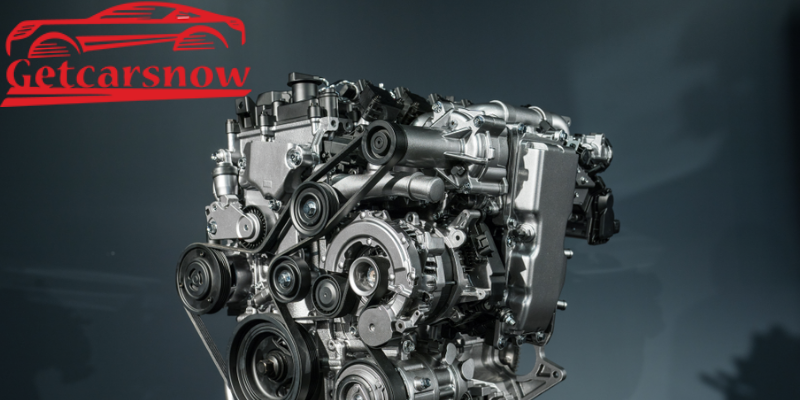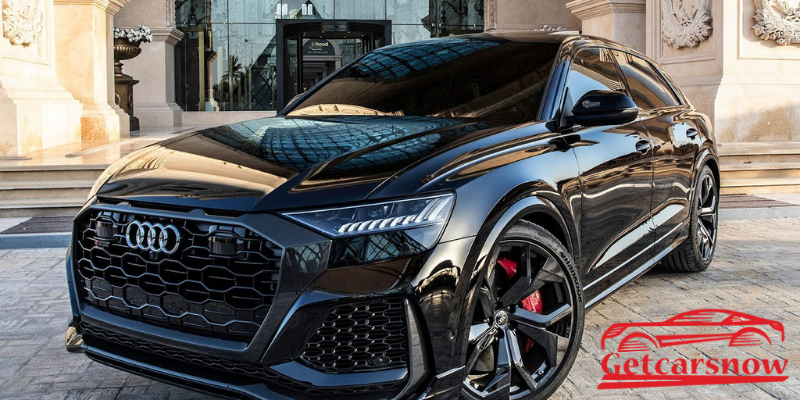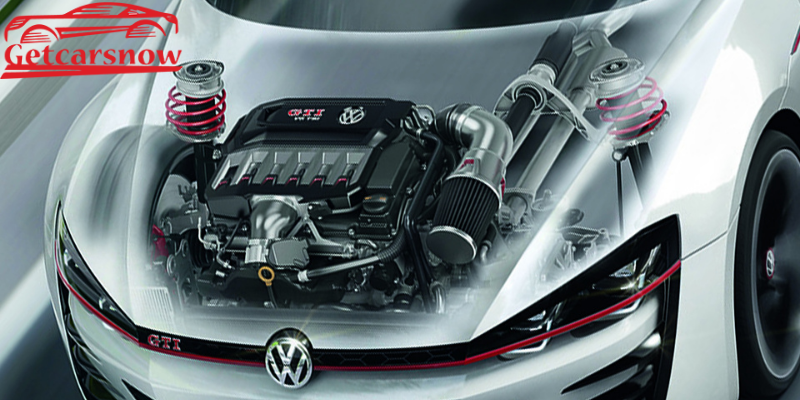
Internal Combustion Engine – Complete Information
An internal combustion engine, also known as ICE, is an engine in which the combustion process of the fuel happens inside the combustion chamber. This chamber is an integral part of the engine. In an IC Engine, the expansion of gases produced through the combustion process puts direct force on the engine components. This force moves the affected components over a distance. It also transforms chemical energy into kinetic energy. As a result, there is a move in the engine.
Despite their enormous presence all around, the exact operation of an ICE engine is not very common. So here, we will discuss the working of an Internal Combustion Engine along with its major classifications and performance. This working is common to a new engine, rebuilt, or used engines.
Table of Contents
- Internal Combustion Engine Working
- Major Types of IC Engines
- Fuels and Oxidisers used in IC Engines
- Cooling in Internal Combustion Engines
- Air and noise pollution in IC
- Improvements in Internal Combustion Engines
- Conclusion
Internal Combustion Engine Working
Nowadays Internal combustion engines are visible everywhere. They mostly power cars as well as lawnmowers and helicopters. IC engines get their energy from fuel-burning inside the combustion chamber. This process generates a reaction with a higher volume. The volume generated actually provides the motion to the engine. The entire process of the combustion reaction happens in four steps:
- Induction of a mixture of fuel and air into the combustion chamber
- Complete compression of the fuel and air mixture
- Ignition provided through a spark plug
- Emission process of the exhaust of the engine
For each of these steps, a piston is either pushes down or up. Ignition is the only step that actually generates the work in the engine in order to move. That’s the reason why a car needs a battery to start.
Major Types of IC Engines
All IC engines are different due to the total number of strokes each piston makes for a complete rotation of the crankshaft. So there are several types of internal combustion engines. Let us explore more about them:
Two-stroke engine
A two-stroke engine is a type of IC engine that completes its power cycle in two strokes. In this type of engine, the finish of the combustion stroke and the start of the compression stroke happen parallelly at one time. So the intake and exhaust functions happen at the same time. They have a very high power-to-weight ratio, as power is available in a very narrow range. These engines also have very few moving parts as compared to four-stroke engines.
Four-stroke engine
A four-stroke engine is a type of IC engine that completes its power cycle in four separate strokes while turning the crankshaft of the engine. One stroke means full travel of the piston along with the cylinder, in any of the directions. These four strokes are known as intake, compress, combustion, and exhaustion. These four strokes are also called suck, squeeze, bang, and the blow to remember them easily.
Six-stroke engine
A six-stroke engine is a type of IC engine that completes its power cycle in six separate strokes. This engine design improves over the traditional two-stroke and four-stroke engines. The main advantage of this engine is an increase in fuel efficiency, reduction of mechanical complexity along with reduced emissions from the engine.
Wankel engine
This is a special type of Internal combustion engine that makes use of a rotary design so that it can convert pressure into a rotating motion. In comparison to the other engines, the Wankel engine has a uniform torque with lesser vibrations in it. In addition to this, for a particular power, this engine is much more compact and lesser in weight.
Let us now have a look into the different fuels and oxidizers that are used to power the IC engines.
Fuels and Oxidisers used in IC Engines
All IC engines use the combustion of a chemical fuel, along with oxygen from the air. The combustion procedure produces a lot of heat, as well as steam along with carbon dioxide and other chemicals. This is done at very high temperatures and is determined by the chemical mixture of the fuel and oxidizers.
Cooling in Internal Combustion Engines
Cooling of the engine is essential to remove the excessive heat. Overheating can result in engine failure, cracking, or even warping. The two most famous forms that cool the engine are air-cool and water-cool. Most of today’s IC engines are both water-cooled as well as air-cooled. In addition, some engines also have an inbuilt oil cooler.
Air and noise pollution in IC
Internal combustion engines produce air pollution emissions as a result of incomplete combustion of their fuel. The main components of this process are carbon dioxide, water, as well as some particulate matter. These emissions can be reduced by increasing the amount of air in the engine.
Internal combustion engines have a major contribution to noise pollution levels all around us. Automobiles operating on highways and all streets produce so much noise, as do the aircraft flights, also supersonic-capable aircraft. Rocket engines are also responsible to create the most intense noise.
Improvements in Internal Combustion Engines
Over the last decade, research and development in the automobile industry have helped manufacturers around the world to reduce ICE emissions, especially nitrogen oxides (NOx) and particulate matter (PM) by almost 99%. This is according to the EPA emissions standards. Research has also resulted in improvements in the performance of ICE. In addition, the efficiency and increase in fuel efficiency of these engines is a significant improvement.
Conclusion
To summarise everything, we have discussed the Internal combustion engine along with its importance. We also looked into the different types of IC engines. Fuels, oxidizers, coolants were also mentioned in depth. Moreover, we looked at the improvements done in the field of engine improvement. Through all this information we hope that you have a full understanding of Internal combustion engines. The internal combustion engines are slowly being replaced by electric ones that are simple, quiet, and more environment friendly. Despite their limitations, IC engines still are widely in use around the world.
Hope that using all this information you have full insight into the Internal combustion engines.
In case you are looking for used transmissions too, you can refer to Used Transmissions



